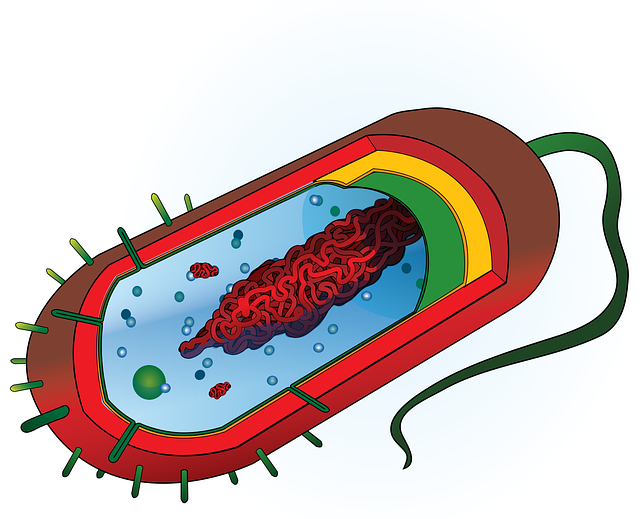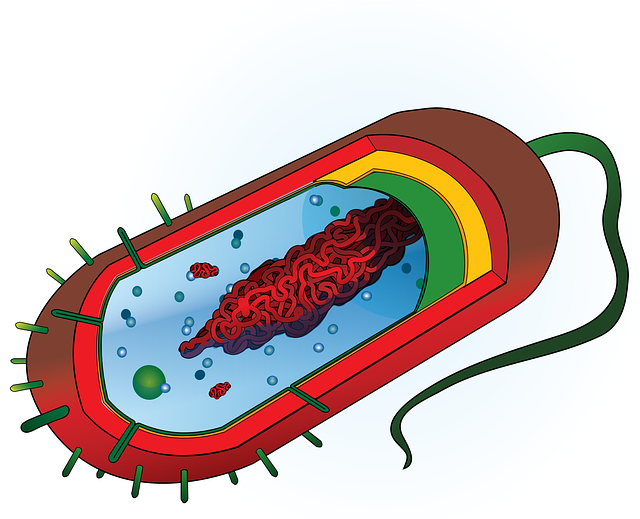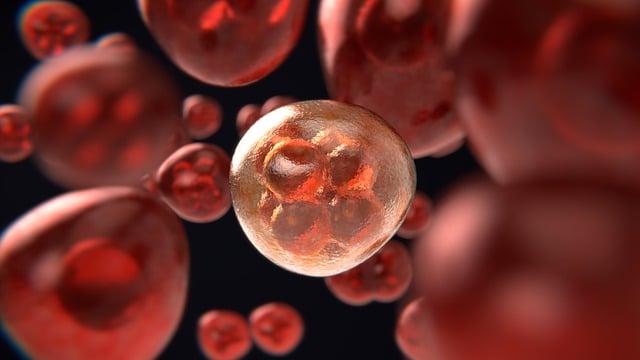Stem cell culture media is a vital tool unlocking the therapeutic potential of these versatile cells through tailored environments for proliferation and differentiation. Key considerations include serum-free, mitogen-free systems to avoid contamination, and precise control over nutritional cues to guide specific cellular pathways. Xeno-free options enhance safety, while strict quality control ensures pure and functional stem cells crucial for advancing regenerative medicine, personalized healthcare, and drug screening models. Continuous innovations in stem cell culture media formulations drive groundbreaking clinical applications.
“Stem cells have emerged as versatile tools with immense potential to revolutionize healthcare. This article explores their therapeutic applications, focusing on two key areas: unlocking their power through innovative stem cell culture media and harnessing it for disease treatment, as well as regenerative medicine. We delve into the advancements that make these treatments a reality, and look ahead to future prospects, where stem cell culture media plays a pivotal role in enhancing their capabilities.”
- Unlocking the Potential: Stem Cell Culture Media and Its Role
- Therapeutic Applications: Treating Diseases with Stem Cells
- Regenerative Medicine: Restoring Tissues and Organs
- Future Prospects: Advancements in Stem Cell Research and Technology
Unlocking the Potential: Stem Cell Culture Media and Its Role

The potential of stem cells lies not only in their unique ability to differentiate into various cell types but also in how they can be cultivated and manipulated. Stem cell culture media plays a pivotal role in unlocking this potential, serving as the nutritional and environmental support system for these versatile cells. The right media formulations are crucial for maintaining stem cell viability, promoting proliferation, and enabling specific differentiation pathways.
Considerations for stem cell therapy media extend beyond basic nutrient requirements. Serum-free and mitogen-free environments are often preferred to avoid contamination and unwanted activation. Media formulations tailored for the clonal expansion of stem cells ensure consistent and efficient production, a key step in translating stem cell research into clinical applications. By carefully selecting and optimizing these media components, scientists can drive stem cell therapy forward, paving the way for innovative treatments in various fields, from regenerative medicine to personalized healthcare.
Therapeutic Applications: Treating Diseases with Stem Cells

Stem cells hold immense therapeutic potential due to their remarkable ability to differentiate into various specialized cell types. This makes them a promising treatment option for numerous diseases, from cardiovascular issues to neurodegenerative disorders. One of the key aspects enabling the realization of this potential is advancements in stem cell culture media.
The defined components for efficient stem cell proliferation in these media have been meticulously engineered to support the growth and maintenance of stem cells in vitro. Xeno-free stem cell culture systems, for instance, eliminate potential contamination risks associated with animal-derived components, ensuring a safer and more consistent environment for cellular manipulation. Furthermore, defined stem cell media components allow researchers to precisely control the nutritional and developmental cues presented to the cells, fostering specific differentiation pathways and enhancing therapeutic applications across various medical fields.
Regenerative Medicine: Restoring Tissues and Organs

Stem cells have emerged as powerful tools in regenerative medicine, offering the potential to restore and regenerate damaged tissues and organs. This therapeutic approach leverages the unique properties of stem cells, which can self-renew and differentiate into various cell types, such as neurons, cardiomyocytes, and hepatocytes. By providing the optimal conditions for stem cell differentiation using specialized stem cell culture media, researchers can direct these cells to become specific types required for repairing or replacing damaged tissues.
Serum-free stem cell growth medium, for instance, has gained significant attention due to its role in achieving high-quality stem cell research media. This type of medium eliminates the need for animal-derived serums, ensuring consistent and controlled environments for stem cell cultivation. Furthermore, strict quality control measures are crucial to maintain the purity and functionality of stem cells, as variations in media composition can impact cell viability and differentiation capacity. With continuous advancements in stem cell culture media, researchers are closer than ever to harnessing the full potential of regenerative medicine.
Future Prospects: Advancements in Stem Cell Research and Technology

The future of stem cell applications holds immense potential, driven by continuous advancements in research and technology. One key area of focus is the development of sophisticated stem cell culture media. Scientists are actively exploring xeno-free stem cell culture systems to eliminate potential immunogenic responses, enabling safer and more accessible treatments. These systems, coupled with serum-free stem cell growth medium, allow for precise control over cellular microenvironments, facilitating the expansion and differentiation of stem cells.
Furthermore, researchers are refining media formulations for clonal expansion of stem cells, ensuring efficient and consistent generation of homogeneous cell populations. Such innovations not only enhance our ability to study stem cells but also open doors for clinical applications, including regenerative medicine, personalized therapies, and improved drug screening models.
Stem cells have captured the imagination of scientists and medical professionals due to their remarkable versatility, offering potential solutions for a wide range of diseases. From unlocking the secrets of stem cell culture media to harnessing its power in therapeutic applications and regenerative medicine, we’ve explored the vast possibilities. As research advances, we can anticipate even more groundbreaking discoveries in stem cell technology, shaping the future of healthcare and improving lives worldwide. The role of stem cell culture media as a key enabler in this journey is undeniable, promising a brighter, healthier tomorrow.














